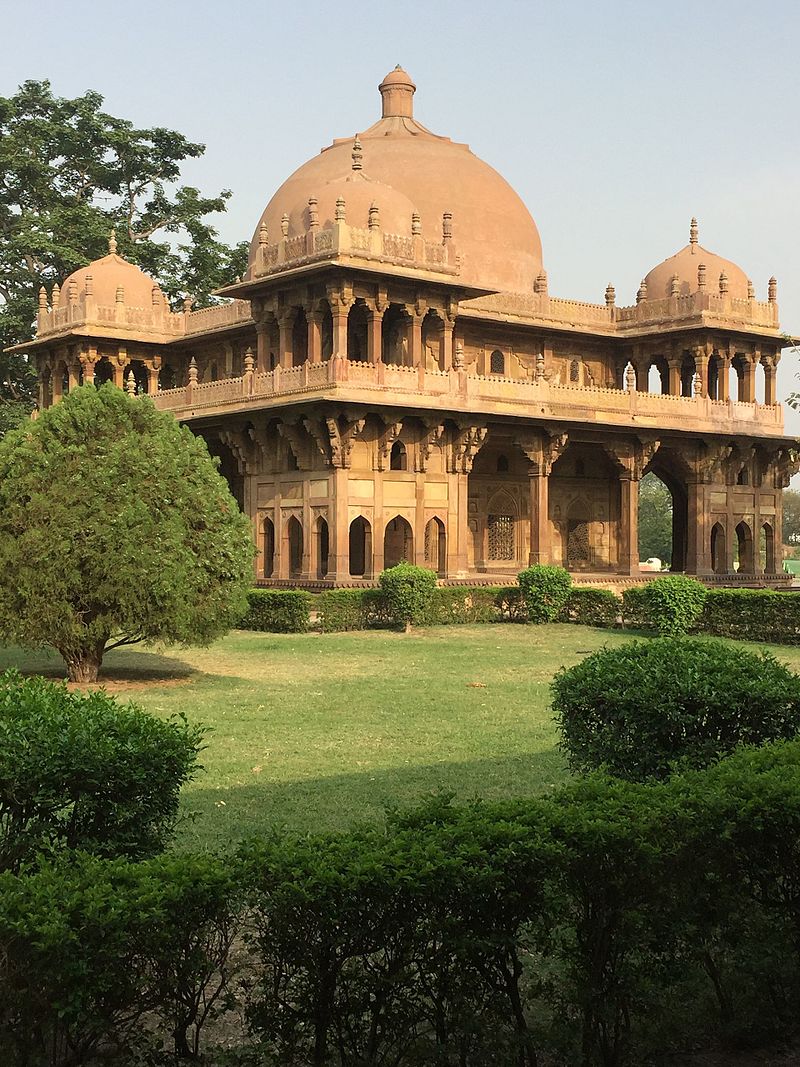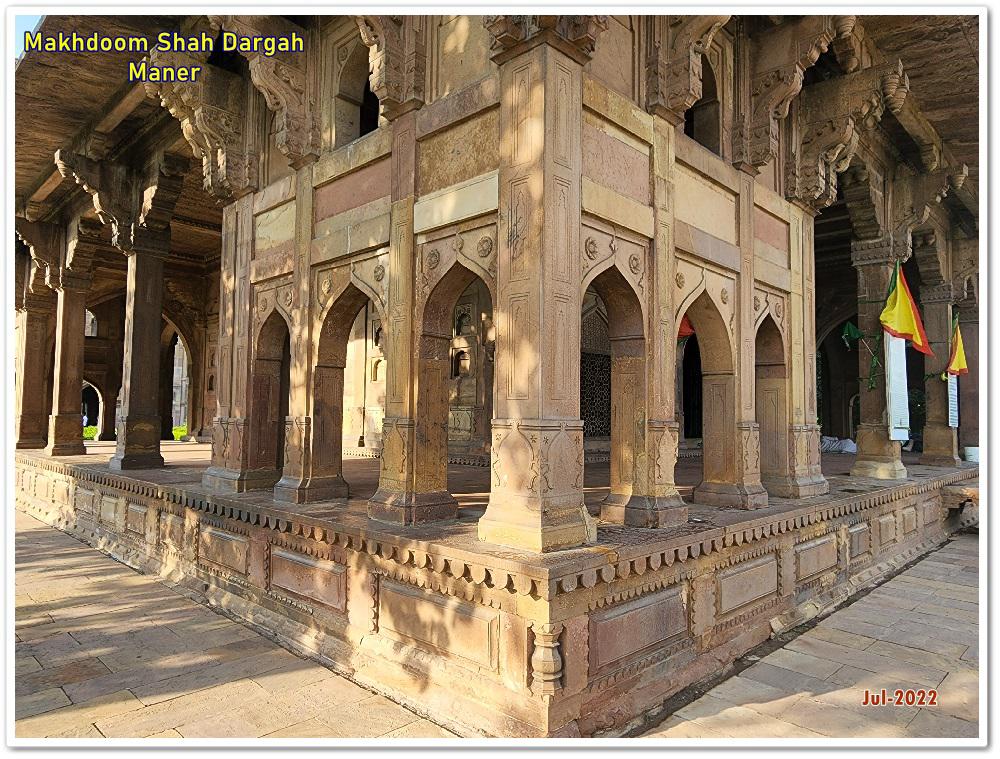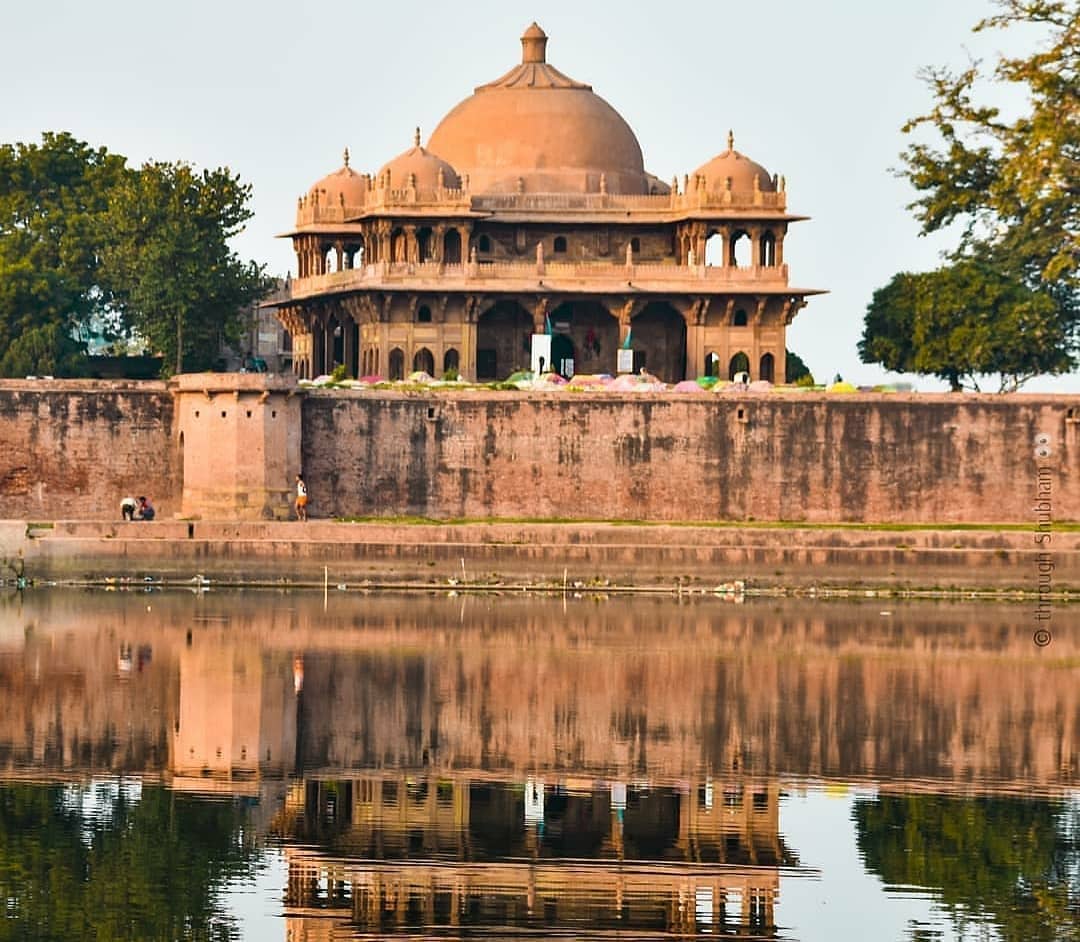



Nestled in the town of Maner, about 30 kilometres west of Patna, lies the magnificent tomb of Makhdum Shah Daulat, a revered Sufi saint who lived during the 16th century. This mausoleum, constructed in 1616 CE, stands as a testament to the rich Islamic heritage of Bihar and the architectural prowess of the Mughal era. The tomb's design follows the classic octagonal pattern often seen in Mughal funerary architecture. This eight-sided structure is not merely an aesthetic choice but also holds symbolic significance in Islamic mysticism, representing the eight angels carrying the throne of Allah. What sets this tomb apart is its exquisite stone latticework, known as jaali. These intricately carved stone screens allow light and air to filter through, creating a mesmerizing interplay of light and shadow within the tomb. The jaali work serves a functional purpose and demonstrates the high level of craftsmanship achieved by artisans of that period. The tomb's exterior is adorned with beautiful calligraphic inscriptions featuring verses from the Quran and poetic tributes to the saint. These inscriptions, executed in the flowing Nastaliq script, add spiritual and aesthetic value to the structure. Inside the tomb, Makhdum Shah Daulat's cenotaph is covered with cloth, as is customary in Sufi shrines. The interior space is relatively simple compared to the ornate exterior, encouraging visitors to focus on spiritual contemplation rather than material grandeur. The tomb is surrounded by a well-maintained garden, following the char-bagh (four-garden) pattern typical of Mughal landscape design. This garden not only enhances the beauty of the tomb but also provides a serene space for visitors and pilgrims. Despite its historical and architectural significance, Makhdum Shah Daulat's tomb remains less known compared to other monuments in Bihar. This relative obscurity has helped preserve much of its original charm and spiritual atmosphere. Today, the tomb serves as both a pilgrimage site for devotees of the Sufi saint and a point of interest for architecture enthusiasts. It stands as a reminder of Bihar's rich cultural heritage and the harmonious blend of spiritual devotion and artistic expression during characterized the Mughal period in India.